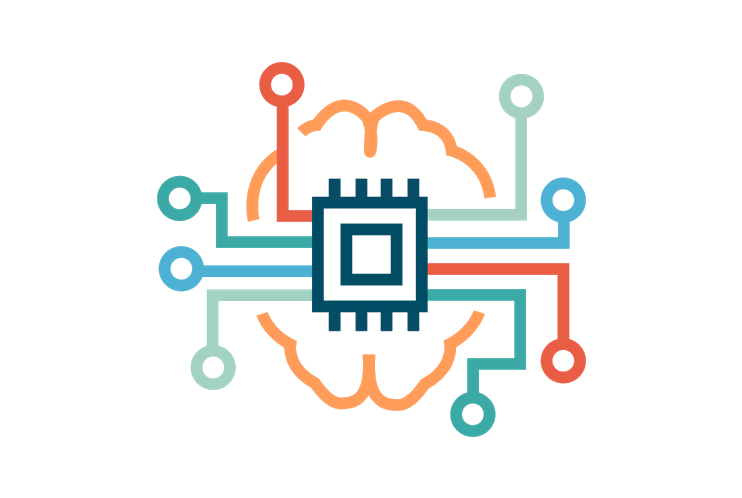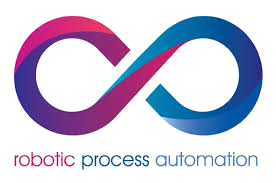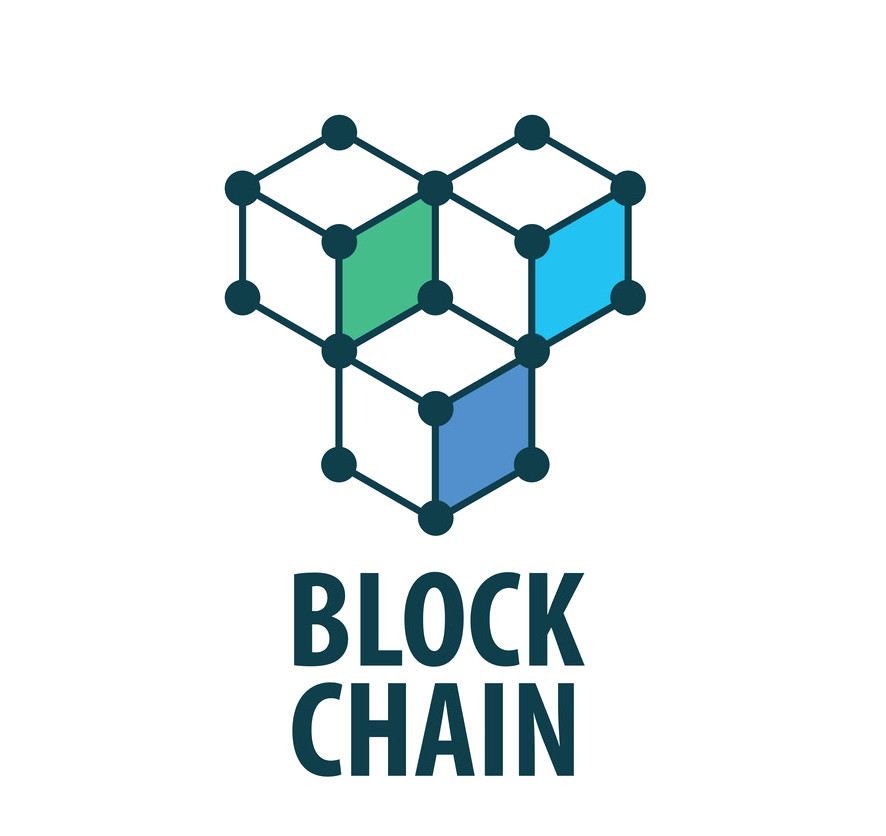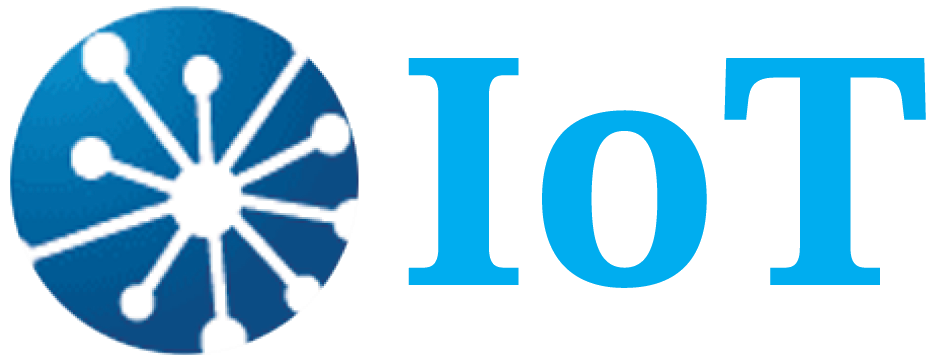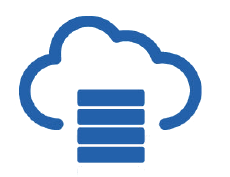
BUILD IT Solutions wants to
be a trusted partner for clients for managing their end-to-end Application Life
Cycle & Business Critical Processes.

BUILD IT Solutions is an Information Technology (IT) organization focused on delivering smart, next-generation business solutions that help enterprises to overcome their business challenges.

As a strategic partner, BUILD IT Solutions helps its clients improve their business.































